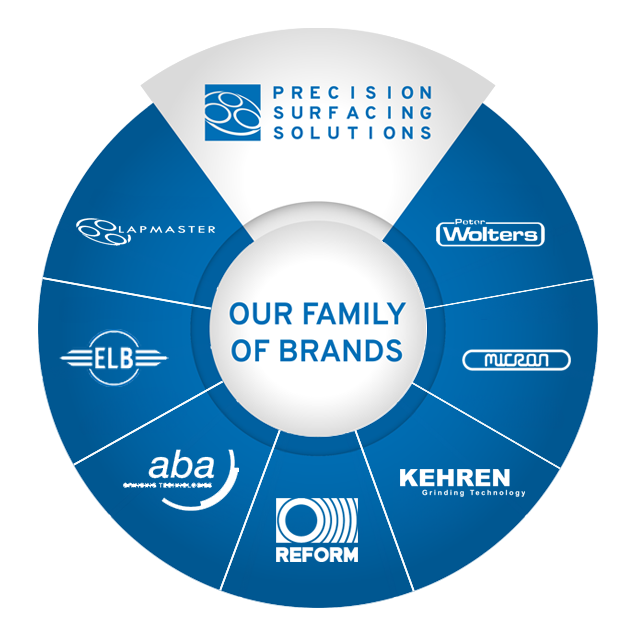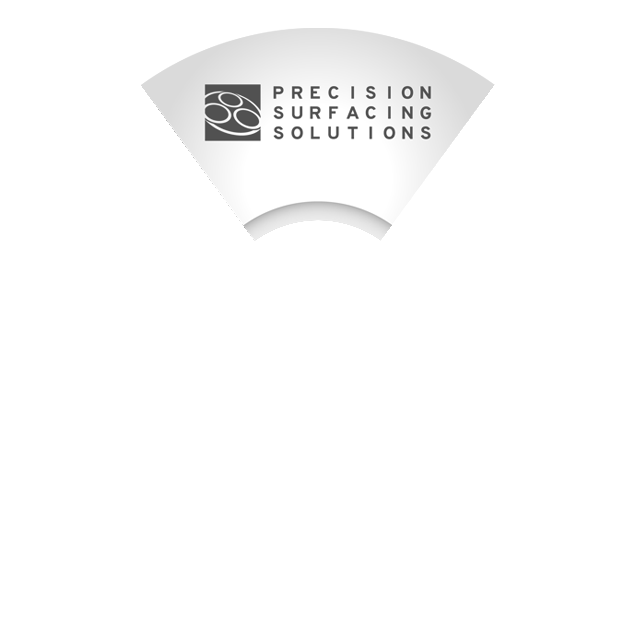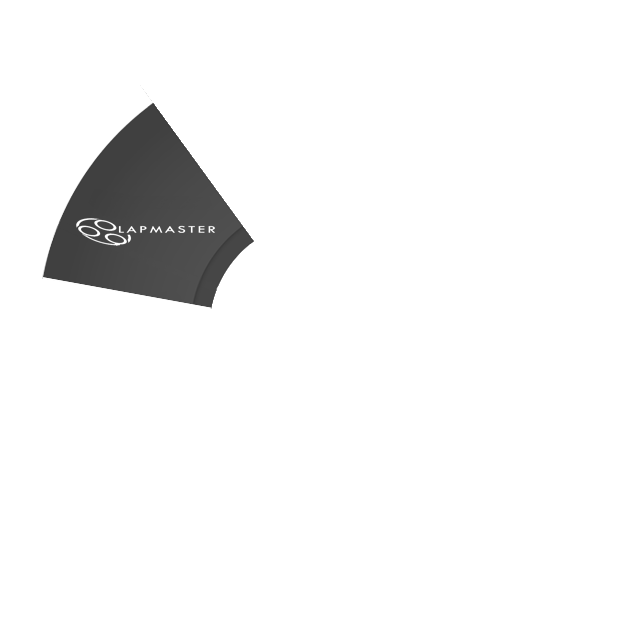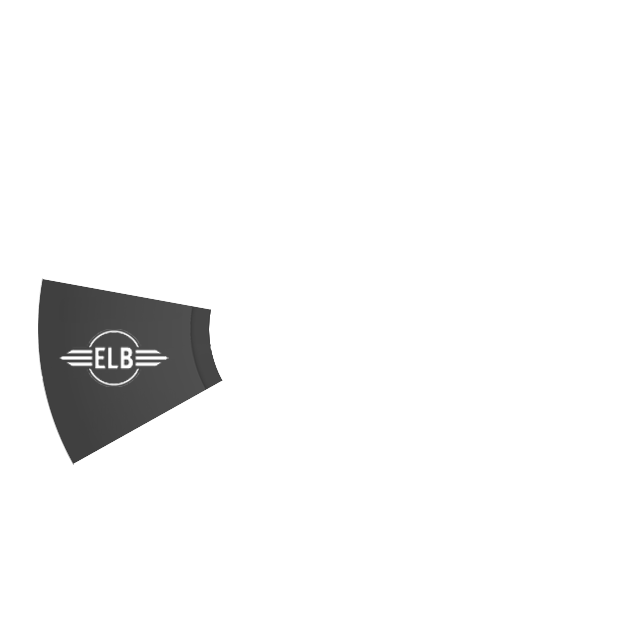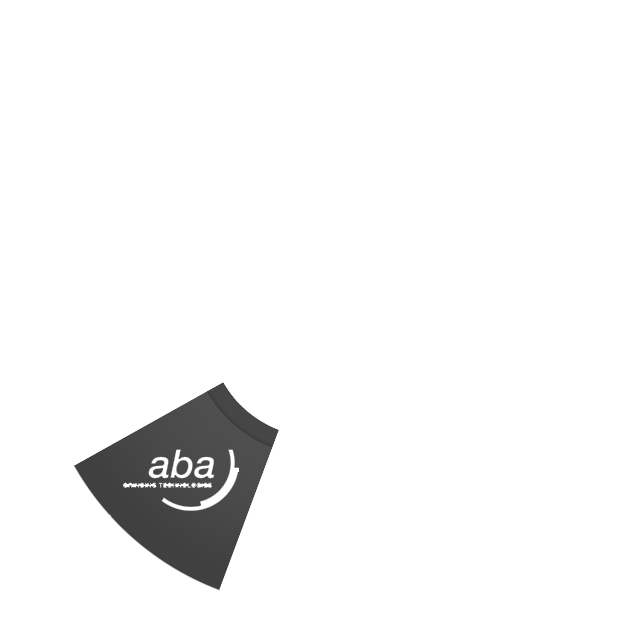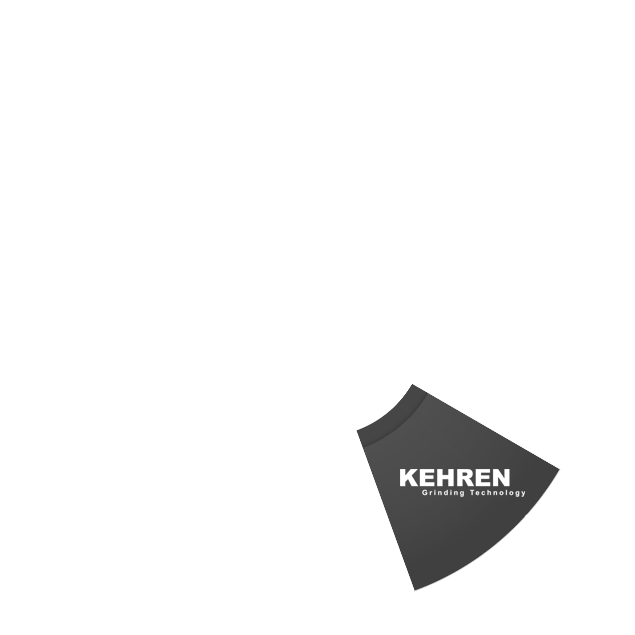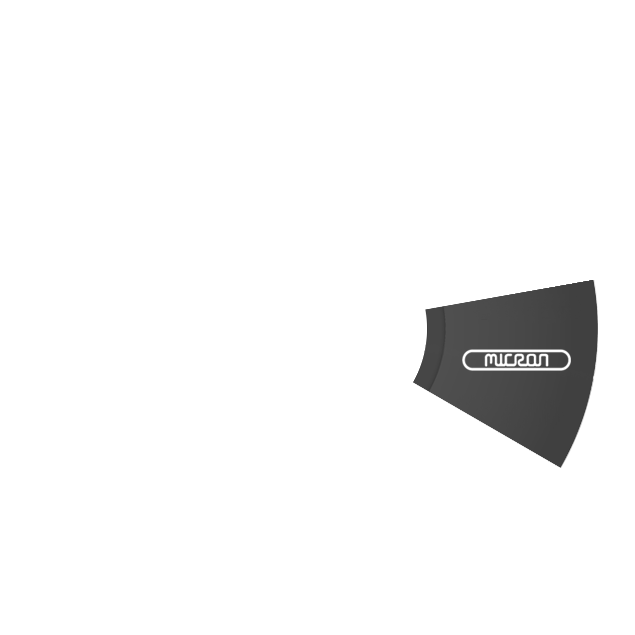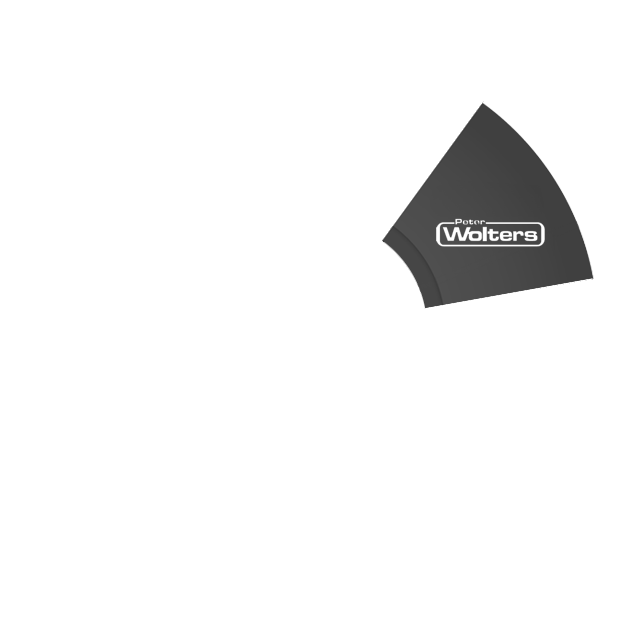Optical Flats
What are Optical Flats and how are they used?
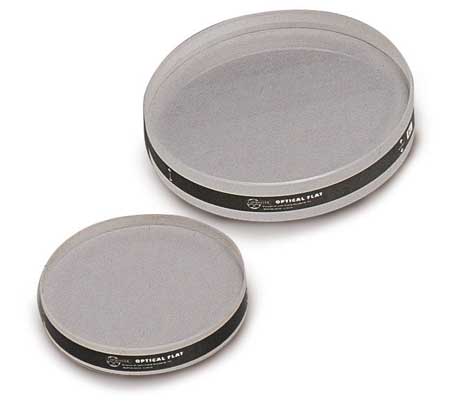
An optical flat is a contact optical measurement device used in conjunction with a monochromatic light source to measure precision flat surfaces. Lapmaster optical flats are manufactured from high quality fused quartz.Fused quartz is used because it possesses an extremely low coefficient of thermal expansion and extremely high resistance to abrasion. Even with the hardness of fused quartz the optical flat must be handled and used very carefully to prevent damage and scratches. It is important to not slide or rotate the optical flat on any surface. Optical lens tissue and alcohol should be used to clean optical flats. Since the measurement resolution of an optical flat is a light band (.0000116” or .295 micron), components must be flatter than 15 or 20 light bands in order for the optical flat to be able to make the interference fringes visible. This is not normally a problem since most flatness requirements are to achieve single digit light bands. Proper inspection procedure dictates that the optical flat must be large enough to completely cover a surface that has a flatness specification.
Lapmaster offers a standard line of round optical flats from 1” to 12” diameter supplied with a protective case. Each size optical flat is available in three accuracy’s, 1/2, 1/5 and 1/10 of a light band. The standard optical flats are accurate on both faces, but single side accurate optical flats are available by request. The accuracy simply indicates the actual measured flatness across the diameter of the optical flat. In other words, the optical flat accuracy is in fact the measured inaccuracy. The more accurate optical flats require greater manufacturing time and are thus more expensive.
Non-standard sizes (16” diameter maximum), shapes (square or rectangular) and “donut” type (flat has a hole machined in its center) optical flats are available from Lapmaster.
Lapmaster provides a service for reconditioning used optical flats. The maximum capability is 16” diameter, but 12” diameter optical flats are the largest that can currently be certified. Lapmaster uses a 12” diameter “master optical flat” that has been certified for accuracy by NIST (National Institute for Standards and Testing. Large chips, fractures and deep surface damage cannot be repaired.
Optical Flat Use
Prior to use, carefully clean the optical flat and surface requiring measurement. The surface being measured must be reflective to view interference fringes. A monochromatic light source must be used to accurately determine flatness with an optical flat. Place a sheet of lens tissue onto the surface requiring inspection. Physically place the optical flat onto the lens tissue covering the surface requiring measurement. While relieving some of the optical flat weight, gently pull the lens tissue out from between the two surfaces. Place a finger on the center of the optical flat and press down to remove some of the air trapped between the surfaces. The visual curvature of the interference fringes (light bands), relative to a parallel straight reference line, indicate the high and low deviation from the flat plane. If one band crosses the reference line, the surface is one light band “out-of-flat”. If two bands cross the reference line, the surface is two light bands out-of-flat. The user’s judgement of the degree of band curvature is a drawback with this method of measurement. The initial light band pattern indicates the total deviation from the lapped plane and nothing about the direction of deviation (convex or concave). Additional technique with the optical flat must be employed to determine if the surface deviates up (convex) or down (concave).
Optical Flat Reflection Stand
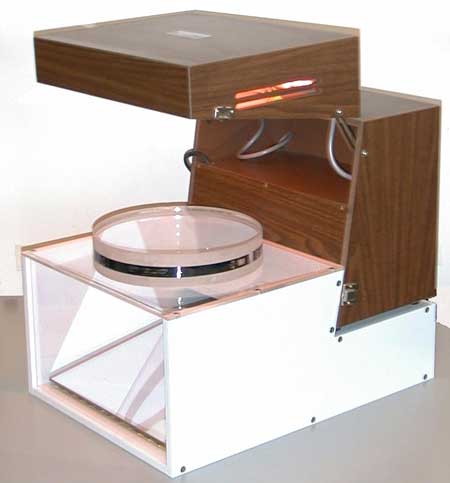 A reflection stand is a devise used to allow an inspector the ability to view interference fringe patterns of a measured surface that is placed on the top surface of the optical flat. This “upside down” procedure must be used when measuring a component that will be stressed and forced from its natural shape by the weight of the optical flat. Large diameter carbon graphite components with small cross section profiles are notorious for being extremely physically unstable. This is a prime example of an application that requires a reflection stand for accurate flatness measurement.
A reflection stand is a devise used to allow an inspector the ability to view interference fringe patterns of a measured surface that is placed on the top surface of the optical flat. This “upside down” procedure must be used when measuring a component that will be stressed and forced from its natural shape by the weight of the optical flat. Large diameter carbon graphite components with small cross section profiles are notorious for being extremely physically unstable. This is a prime example of an application that requires a reflection stand for accurate flatness measurement.
The reflection stand consists of a fabricated polypropylene plastic housing containing an angle adjustable glass-viewing mirror. The front and top surface of the case is made from clear acrylic plastic. The stand works by supporting an optical flat above a mirror that is angled towards the clear acrylic front viewing panel of the unit. The appropriate size monochromatic light unit is placed on a step integral in the reflection stand with the diffusing lens overhanging the clear acrylic top surface of the reflection stand. A component requiring measurement is placed on top of the optical flat with its polished surface in contact with the flat. The only stress on the component is caused by its own weight. The interference fringe pattern reflects down to the mirror and is viewed through the clear front panel.
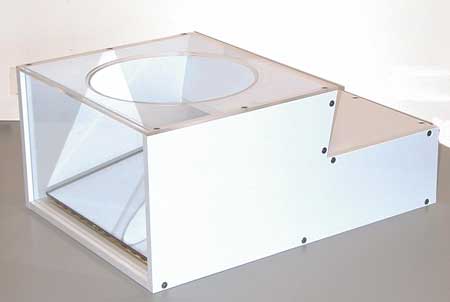 Lapmaster offers two sizes of reflection stand for use with the CP style monochromatic light units. The smaller unit supports the CP-2 and a 6” diameter optical flat. The large reflection stand supports the CP-1 and the customers choice of 6”, 8”, 10” or 12” diameter optical flat.
Lapmaster offers two sizes of reflection stand for use with the CP style monochromatic light units. The smaller unit supports the CP-2 and a 6” diameter optical flat. The large reflection stand supports the CP-1 and the customers choice of 6”, 8”, 10” or 12” diameter optical flat.
Optical Flat Lens Tissue
This 8-1/2” by 11” lint free cleaning tissue is sold in packs of 500 sheets. This is the best material for cleaning optical flats and to place between the optical flat and a polished surface during set-up for the measurement. This tissue will not scratch the optical flat or polished surface and will not leave any lint particles when carefully pulled from between the two surfaces.




